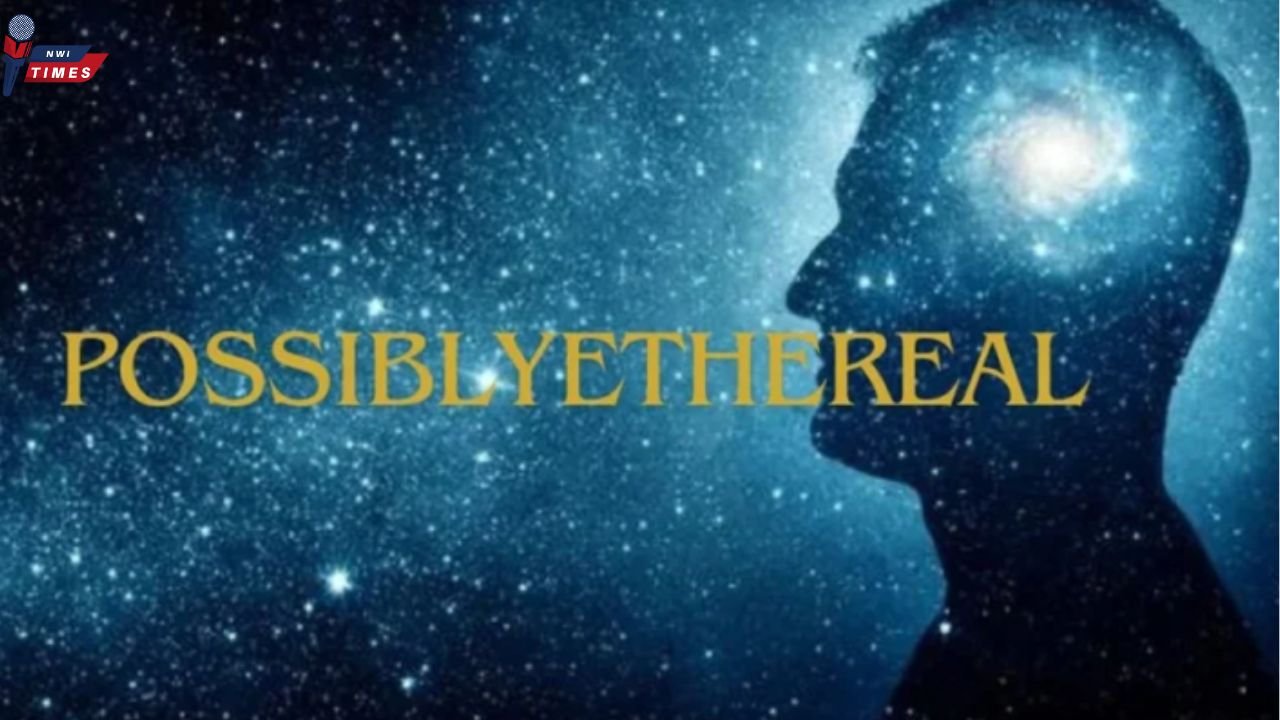Possiblyethereal is a term that describes something that feels light, delicate, and otherworldly. It could refer to objects, experiences, or even ideas that seem almost unreal, as though they exist in a dreamlike state. When we say something is “possiblyethereal,” we imagine it floating above our regular life, out of reach but still present. This idea sparks curiosity and interest in various fields, such as art, science, and nature.
For example, a painting with soft colors and wispy strokes might feel possiblyethereal. Similarly, a calm, foggy morning might give off this feeling. The word offers a way to describe things that don’t fit neatly into everyday experiences but still carry a sense of wonder and beauty.
Where Do We Encounter Possiblyethereal Things?
We can encounter possiblyethereal things in many areas of life. In nature, certain moments like sunrise, misty mountains, or a quiet snowfall can seem possiblyethereal. These events often feel gentle and almost magical. In art, abstract pieces that play with light and color might have a possiblyethereal quality. These works don’t look solid but seem to shift and change as you view them.
Possiblyethereal moments or objects might appear in literature or poetry. Writers use soft, descriptive language to create images that feel fragile and distant. Whether in a painting, a poem, or a beautiful scene in nature, possiblyethereal things capture a sense of mystery and delicacy.
How Does Possiblyethereal Influence Art and Creativity?
In the world of art, possiblyethereal has a huge impact on creativity. Artists often aim to create pieces that feel soft, light, and otherworldly, giving viewers a sense of wonder. These artworks can transport people to a place where reality and imagination blend together. Paintings with possiblyethereal themes often use light, muted colors, and gentle brushstrokes to achieve this effect.
Photographers also capture possiblyethereal moments by focusing on scenes with fog, soft lighting, or blurred edges. These photos make people feel like they’re looking at a dream. Musicians, too, sometimes aim for a possiblyethereal sound. Soft melodies, flowing rhythms, and delicate instruments like the harp or piano can make music feel light and unreal.
What Role Does Possiblyethereal Play in Literature?
Possiblyethereal themes are common in literature, especially in genres like fantasy or magical realism. Authors often create possiblyethereal worlds filled with floating castles, glowing forests, or characters that seem too delicate for the real world. These settings add an air of mystery and beauty to the stories, making readers feel like they’re stepping into a dream.
Poetry is another space where possiblyethereal feelings come to life. Poets use soft language and vivid imagery to paint scenes that feel gentle and far away. A poem about a misty morning or a quiet night under the stars might capture the essence of possiblyethereal.
How Does Possiblyethereal Relate to Nature?
Nature is full of possiblyethereal moments, especially during times of transition, like sunrise or sunset. The soft colors in the sky, the gentle movement of the clouds, or the early morning mist rising from the ground all have a possiblyethereal quality. These moments feel fragile and fleeting, almost like they belong in a dream rather than in everyday life.
Certain animals or plants also carry a possiblyethereal sense. For example, a butterfly floating through the air or a delicate flower swaying in the wind might seem otherworldly. These creatures seem to exist on the edge of reality, reminding us that nature can feel just as mysterious and light as any work of art.
How Can Architecture Be Possiblyethereal?
Architecture can take on a possiblyethereal quality when buildings seem to float, shine, or defy traditional rules. For example, modern glass buildings that reflect the sky and clouds can seem possiblyethereal, as they blend with their surroundings. Some architects design structures that look too delicate to stand, giving the impression of lightness and fragility.
Churches and temples often have a possiblyethereal design, with high ceilings, soft lighting, and stained glass that changes colors throughout the day. These buildings feel sacred and otherworldly, allowing people to experience a space that seems far removed from the busy world outside.
What Emotions Are Associated with Possiblyethereal Experiences?
Experiences that feel possiblyethereal often bring out feelings of calm, wonder, and peace. People might feel like they’ve stepped into a dream or a different world where time moves more slowly. This can create a sense of comfort and tranquility, as possiblyethereal things don’t feel rushed or chaotic.
At the same time, possiblyethereal experiences can also evoke curiosity and imagination. People might wonder what’s beyond the surface of what they’re seeing or feeling, making them think more deeply about the beauty and mystery of the world around them.
How Can Technology Feel Possiblyethereal?
Though technology often feels solid and practical, certain aspects of it can seem possiblyethereal. For instance, virtual reality creates experiences that feel far removed from the physical world. In these virtual spaces, people can explore dreamlike environments, floating islands, or distant planets that give off a possiblyethereal vibe.
Certain types of futuristic design also bring a possiblyethereal sense to technology. Soft, glowing screens, smooth surfaces, and minimalist designs all contribute to this feeling. Even certain websites and digital art projects use light colors and floating elements to create a possiblyethereal experience for users.
What Are the Pros and Cons of Possiblyethereal Things?
| Pros | Cons |
| Possiblyethereal moments bring a sense of calm and peace. | It can be hard to connect with things that feel distant or fragile. |
| It sparks imagination and creativity in various fields. | Possiblyethereal things may not be practical in daily life. |
| It makes art, music, and literature more engaging and meaningful. | Too much focus on possiblyethereal ideas might feel unrealistic. |
| Possiblyethereal experiences help people escape stress for a while. | It might create a sense of longing or dissatisfaction with reality. |
How Does Possiblyethereal Shape Our Perception of the World?
Possiblyethereal things shape how we see the world by offering a glimpse into something beyond the everyday. When we encounter something that feels possiblyethereal, we may pause and think about the beauty and fragility of life. These moments can inspire people to reflect on their surroundings, their experiences, and their emotions.
For many, possiblyethereal experiences add a sense of wonder and mystery to life. By reminding us that not everything is straightforward, they encourage us to appreciate the delicate and fleeting nature of beauty. Whether in art, nature, or even technology, possiblyethereal things open a window into a different way of seeing the world.
Conclusion
By embracing the idea of “possiblyethereal,” people can find beauty in unexpected places. Whether in a quiet morning mist, a delicate piece of art, or a soft melody, possiblyethereal things offer a moment of calm and wonder in a busy world. Through these experiences, we gain a deeper appreciation for the subtle, mysterious qualities that make life feel both familiar and new at the same time.



